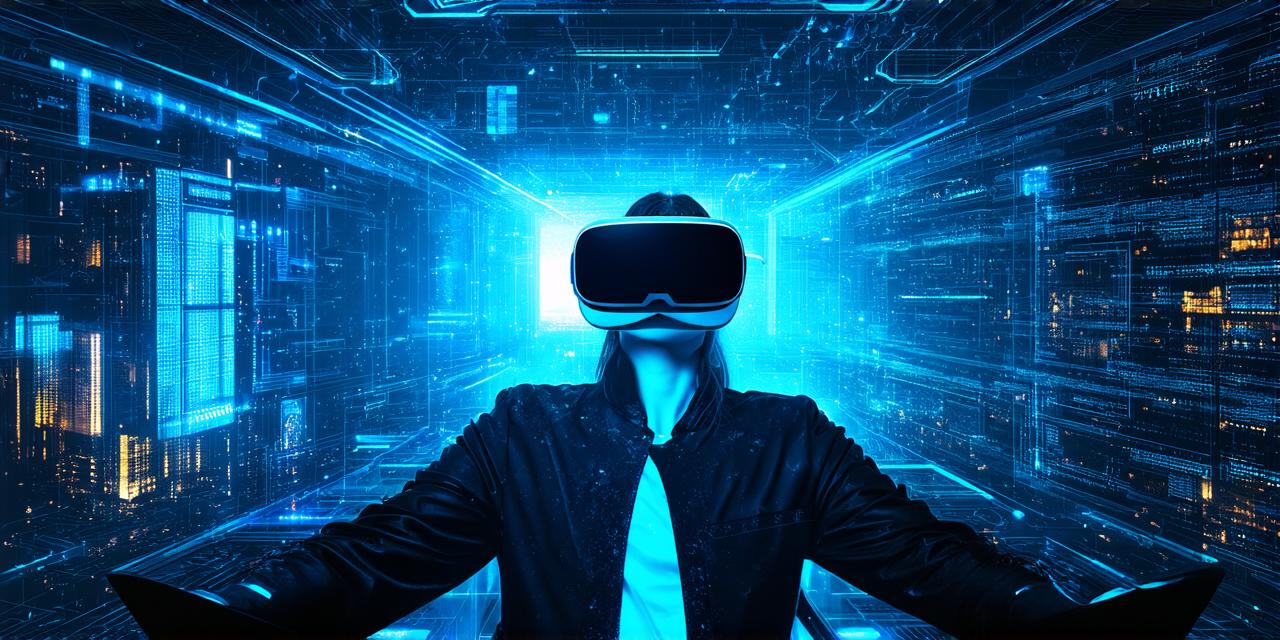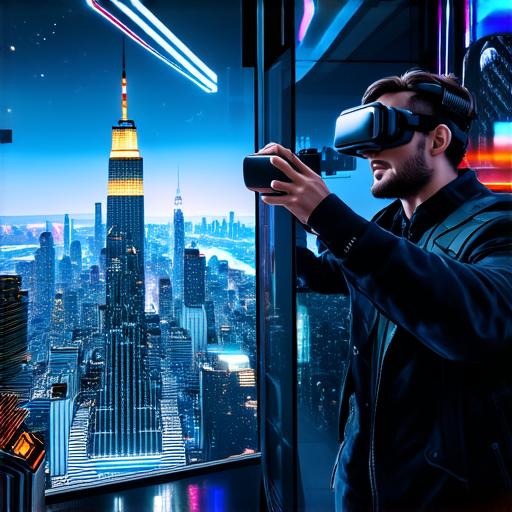
How are virtual reality and human perception interconnected?
Virtual reality (VR) is an immersive technology that allows users to experience a simulated environment in a way that feels real. It’s becoming increasingly popular, with applications ranging from gaming to healthcare to education.
However, the success of VR depends on our ability to understand how it interacts with human perception.
Human perception is the way we interpret and make sense of the world around us. It’s influenced by a variety of factors, including our senses (sight, sound, touch, taste, and smell), our experiences, and our cognitive processes (such as memory, attention, and reasoning). When it comes to VR, understanding how our perception is affected can help developers create more immersive and effective experiences.
One key area where VR and human perception intersect is in the way we process visual information. Research has shown that our brains are particularly adept at processing visual information in a 3D context. When we wear VR headsets, our brains receive visual input that simulates a 3D environment. This allows us to perceive depth and distance in ways that are not possible with traditional flat screens.
For example, a study by the University of Texas at Austin found that people who wore VR headsets were able to judge distances and orientations more accurately than those who watched a 2D video. Similarly, a study by the University of California, Irvine found that people who experienced a virtual tour of a museum were better able to recall details about the exhibits than those who visited the actual museum.
Another important factor in how VR and human perception intersect is the role of attention. When we wear VR headsets, our brains are constantly processing visual information from the simulated environment. This can be overwhelming for some users, especially if they’re not used to the technology or if they have certain sensory issues (such as motion sickness). To overcome this, developers must design VR experiences that are engaging and attention-grabbing, while also providing enough visual information to allow users to make sense of what they’re seeing.
In addition to visual perception, human perception is also influenced by our cognitive processes. For example, memory plays a crucial role in how we interpret and remember new information. When we experience something in VR, our brains must process this new information and integrate it with our existing memories. This can be challenging, especially if the VR experience is highly immersive or if it involves complex concepts or emotions.
To overcome these challenges, developers must design VR experiences that are both engaging and emotionally resonant. They must also provide users with tools to help them remember what they’ve experienced, such as by allowing them to pause the VR session and review key moments later on.
Overall, understanding how virtual reality and human perception intersect is essential for developers who want to create effective and immersive VR experiences. By taking into account the way our brains process visual information, our attention, and our cognitive processes, developers can create VR experiences that are both engaging and emotionally resonant.
How does virtual reality technology work?
Virtual reality technology works by presenting users with a simulated environment that they can experience as if it were real. This is achieved through the use of sensors, cameras, and displays that track the user’s movements and provide visual and audio feedback in real-time.
What are some common applications of virtual reality?
Virtual reality has a wide range of potential applications, including gaming, healthcare, education, training, and more. For example, VR can be used to simulate medical procedures or to teach students about historical events in an immersive way.
How does virtual reality affect human perception?
Virtual reality affects human perception by presenting users with a simulated environment that is designed to engage their senses and cognitive processes. This can lead to increased feelings of immersion, as well as changes in the way users perceive distance, depth, and orientation.



